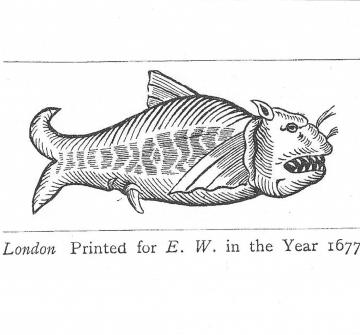Stranded whales on the Tendring coast in the Middle Ages

Whaling does not seem to have practiced in Anglo-Saxon and medieval England, but stranded whales were exploited by coastal communities. Legally they were treated in a similar fashion to ship-wrecked goods, which by the 12th century the crown claimed as a feudal right. However, coastal communities appear to have presumed a right of possession, a sort of “finders keepers” attitude, and grants of liberty of wreck or whaling to local landowners also confused the legal situation. They were valued for their meat and their fat (oil).
St Paul’s cathedral had apparently been granted, by virtue of a charter from King Henry I, the right to all fat fish (crassum piscem) taken on their land, except the tongue which the king reserved to himself. It was presumably considered a delicacy, and could be practically delivered to London or where-ever the King desired. When a whale was stranded in 1309 at Stepney (Middlesex) an enquiry confirmed evidence that the local landowner, the bishop of London, had already successfully claimed previously two stranded whales at his manor of Clacton and the Dean and Chapter of St Paul’s two at their manor of Walton.
Despite the close proximity of their officials to the scene of the whale strandings on their manors, the Bishop and the Dean and Chapter had difficulty in enforcing their rights to the animals. It was nonetheless important for them to try, not only for the maintenance of their lordship and its social symbolism but also because of its similarity to their more valuable rights over shipwrecks on the same coast. In 1326 a judicial commission of oyer and terminer (‘to hear and determine’) was issued on complaint of the bishop and dean and chapter that a group of at least 36 named men had carried away a whale (cete) at Walton, presumably stranded on the beach. The party included men from throughout Tendring Hundred, and some from further away including a man from Burnham-on-Sea and a man from Orwell (Suffolk). Whales continued to be stranded on the Tendring coastline in later centuries and drew similar attention from the local community.
Sources: M. Gardiner, ‘The Exploitation of Sea-Mammals in Medieval England: Bones and their Social Context’, Arch. Jnl., 154 (1997), 173-80; Calendar of Close Rolls, 1307–13 (HMSO), pp.116–17; Calendar of Patent Rolls, 1324–27 (HMSO), pp. 283, 290.
Content derived from research undertaken as part of the Victoria County History project





